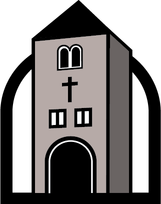| dc.description.abstract | John F. Brug’s 1980 study surveys the major archaeological methodologies employed in Israel, focusing on the British (Wheeler-Kenyon), American (Reisner-Albright-Wright), and Israeli (Dunayevsky) approaches. Brug analyzes the strengths and limitations of each method, particularly in relation to stratigraphy, architectural exposure, and pottery analysis. He critiques the rigid use of balks in British excavation, the horizontal emphasis of Israeli digs, and the eclecticism of American practices. The paper highlights debates over restoration versus deeper excavation, the role of pottery in dating, and the challenges of maintaining methodological integrity in the field. Brug concludes that modern excavations increasingly synthesize elements from all three traditions, adapting techniques to site-specific goals. He emphasizes the importance of methodological flexibility, careful fieldwork, and honest reporting, noting that most criticisms stem from poor execution rather than flawed theory. The paper includes a detailed bibliography and a chart of archaeological influences.
—Abstract generated by Microsoft Copilot (GPT-4) | |
